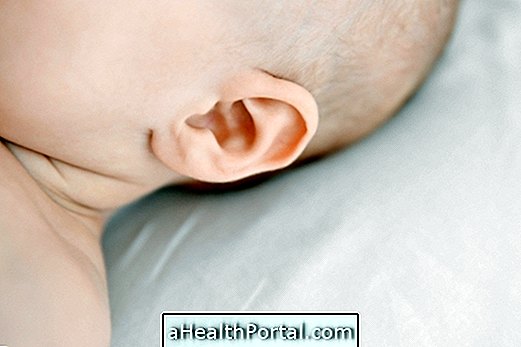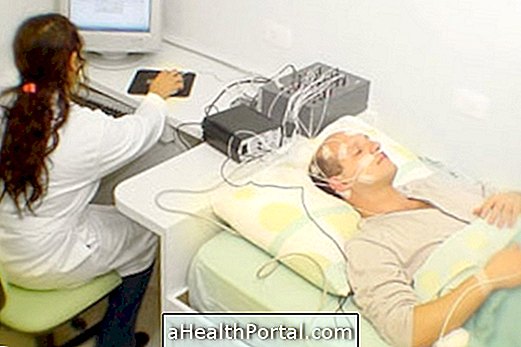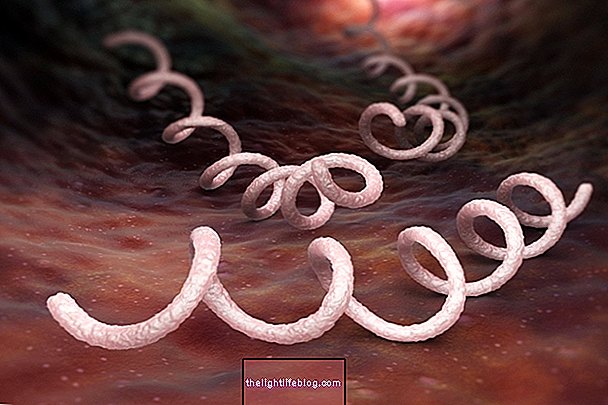The BERA test, also known as BAEP or Auditory Evoked Potential of the Brain Stem, is an examination that evaluates the entire auditory system, verifying the absence or presence of hearing loss, which may be due to the lesion in the cochlea, auditory nerve or trunk which may compromise the development of speech, for example. Learn how to identify if your baby does not listen well.
Although it can be done in adults, the BERA test is done more often in children and infants, especially when there is some risk of hearing loss due to genetic conditions or when there is an altered result in the test of the ear, which is a test performed soon after the birth and that evaluates the hearing capacity of the newborn. Understand how the ear test is performed and the results.

How is done
The examination is done while the person sleeps because it is a very sensitive examination and thus any movement can interfere with the test result. This exam consists of placing electrodes behind the ear and forehead, as well as a headset that is responsible for producing stimuli that will activate the brainstem and auditory nerves, generating electricity spikes according to the intensity of the stimulus, which are captured by the electrode and interpreted by the speech pathologist or otorhinolaryngologist from the sound waves recorded by the equipment.
The test lasts between 30 and 40 minutes and can be done in both adults and children, and is more common in children who are at risk for hearing loss, such as those born prematurely or with genetic diseases such as Down's Syndrome.
BERA does not require preparation and is a noninvasive procedure that does not cause pain, however, it may be necessary for the child to be sedated, since any movement may interfere with the test result, since it is a very sensitive test.
When it is indicated
The test is mainly indicated to evaluate the development and auditory response of children, premature newborns, autistic children or with genetic alterations, such as Down Syndrome.
In addition, BERA is indicated to confirm the diagnosis of hearing loss in children and adults, to investigate the cause of tinnitus, to detect the presence of tumors involving the auditory nerves, and to monitor inpatients or comatose patients in order to evaluate the evolution of hearing loss. patient and assist in the diagnosis of brain death.


























